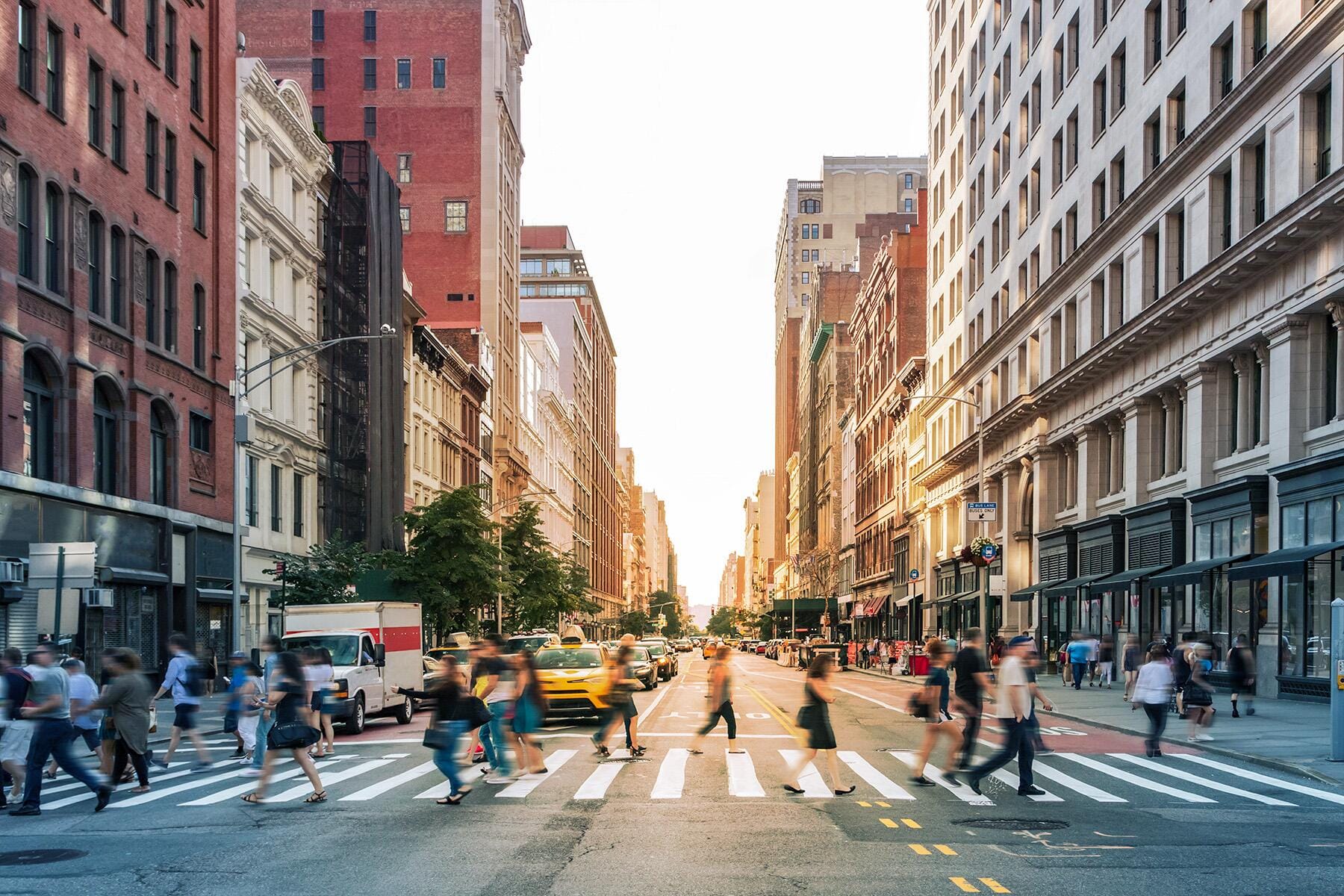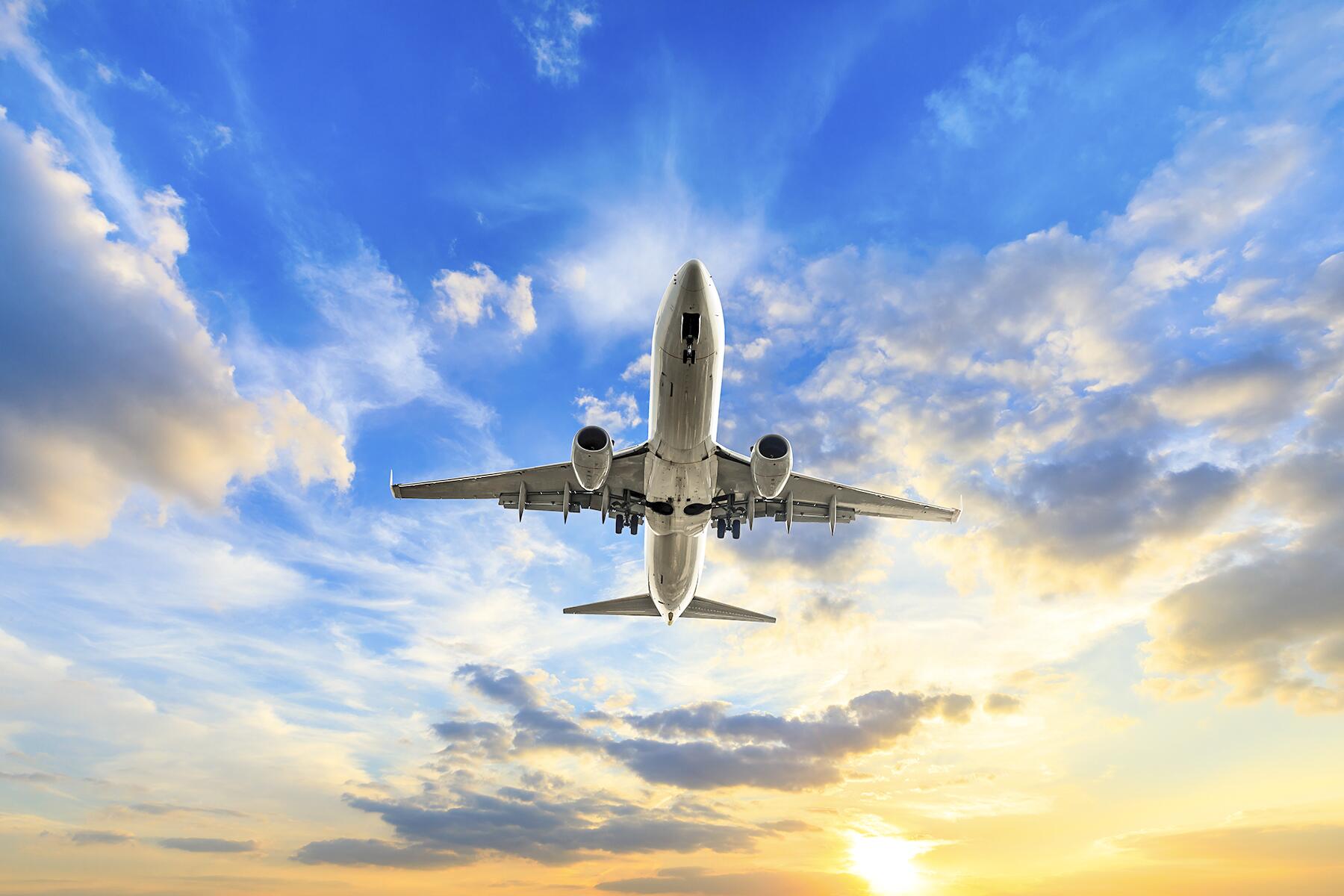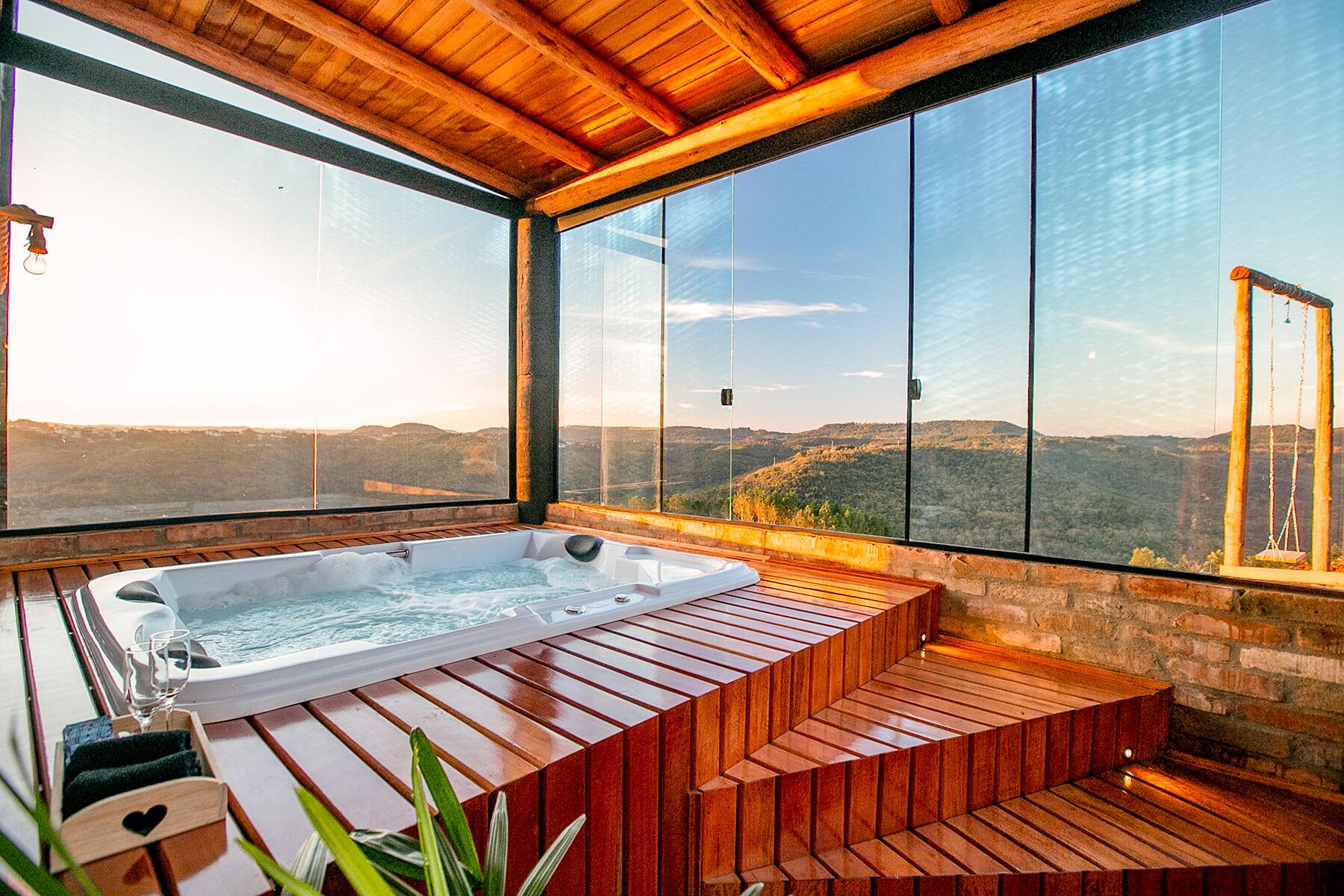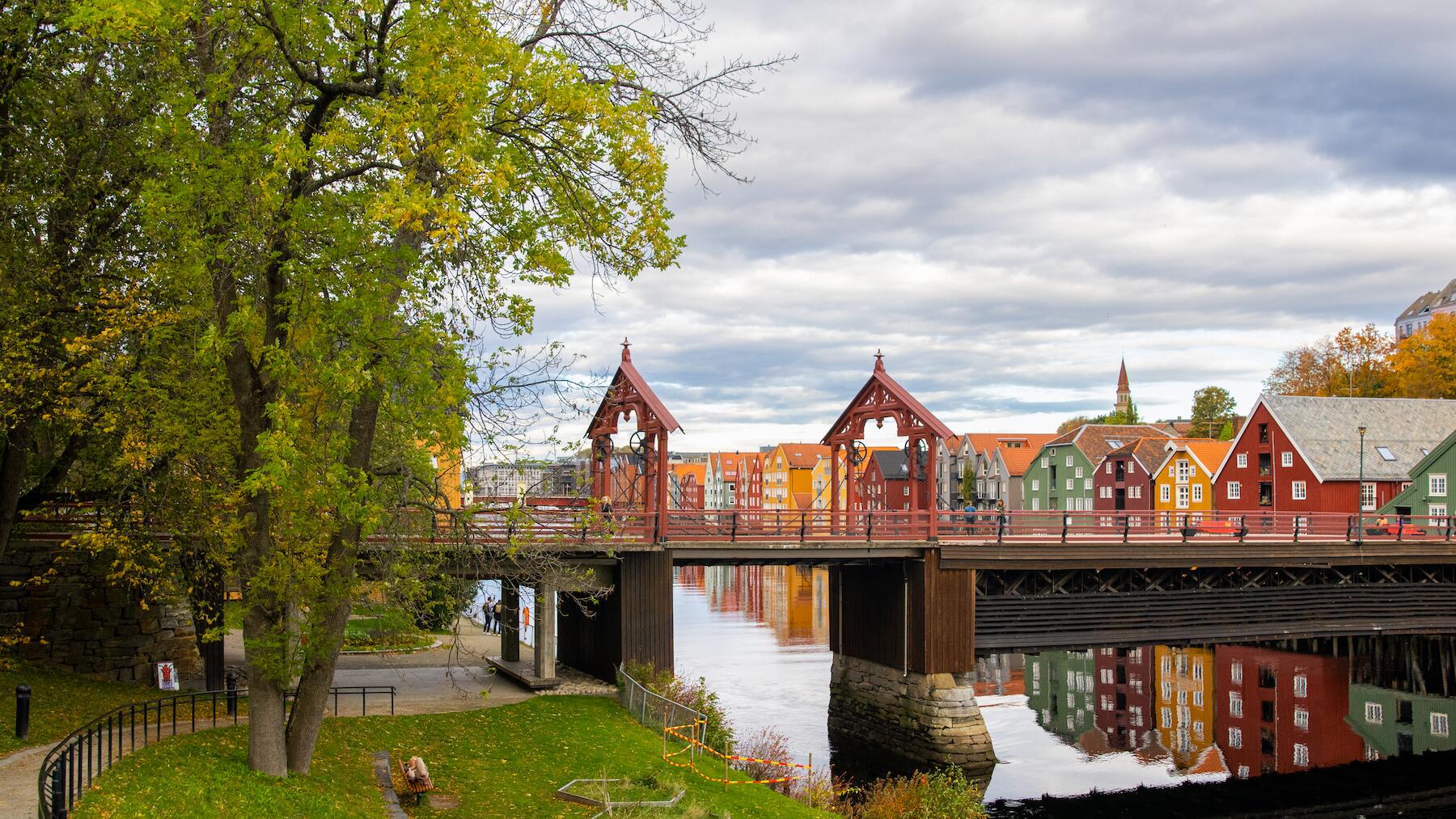Fewer crowds, award-winning cuisine, and off-the-beaten-path Norwegian experiences await.
There are many reasons why Norway’s Golden Road differs from Iceland’s Golden Circle. While Iceland’s landscape is almost moon-like—defined by porous lava fields, spongey green moss, and shimmering glaciers—Norway’s Trøndelag region is comparable to, say, the Pacific Northwest.
To drive through this region in central Norway is to find yourself gliding past bucolic settings and forest-lined coasts, plunging into the shimmery blue-grey waters of the fjords. Yes, Norway’s Golden Road is undeniably beautiful, but more than that, it is relatively untraveled. Unlike its popular Icelandic counterpart, this main road leading from Trondheim to Bodø is free of crowds and tour buses bursting with selfie-stick-carrying tourists. So why haven’t you heard of the Golden Road?
Meet Torunn Tronsvang, the founder of Up Norway, who is on a mission to boost tourism to Norway in a way that is at once sustainable and mission-driven. Bringing attention to the Trøndelag region’s myriad offerings—from Michelin-starred restaurants to unique artisan experiences—Tronsvang is setting a standard for responsible Norwegian tourism that celebrates the country’s bounty. In short, move over Golden Circle—Norway is ready to take center stage.
INSIDER TIPGetting to Norway has never been easier with the launch of Play Airlines new route from select cities to Reykjavík and onto Trondheim.
In this interview with Fodor’s Travel, Tronsvang reveals what makes the Trøndelag region so enticing and the sort of unique experiences to be found along Norway’s Golden Road.
Recommended Fodor’s Video
What is Norway’s Golden Road, and what sort of attractions can be found along the way?
The Golden Road is a detour off the main road leading from Trondheim to Bodø. On an Up Norway journey, The Golden Road is a detour with activities and attractions themed around food, beer, spirits, and handicrafts. We will guide our guests to the best places to visit (and taste) along the way. One of these places is the impressive Øyna Culture Landscape Hotel (a Fodor’s 2022 Finest Hotel pick) with an excellent restaurant and bar with panoramic views of the idyllic rural countryside and the Trondheimsfjord. The owner Frode and his team have made a living out of showcasing the region’s very best local food and beverage producers, and he has created an eco-friendly place where one can live a truly harmonic rural life.
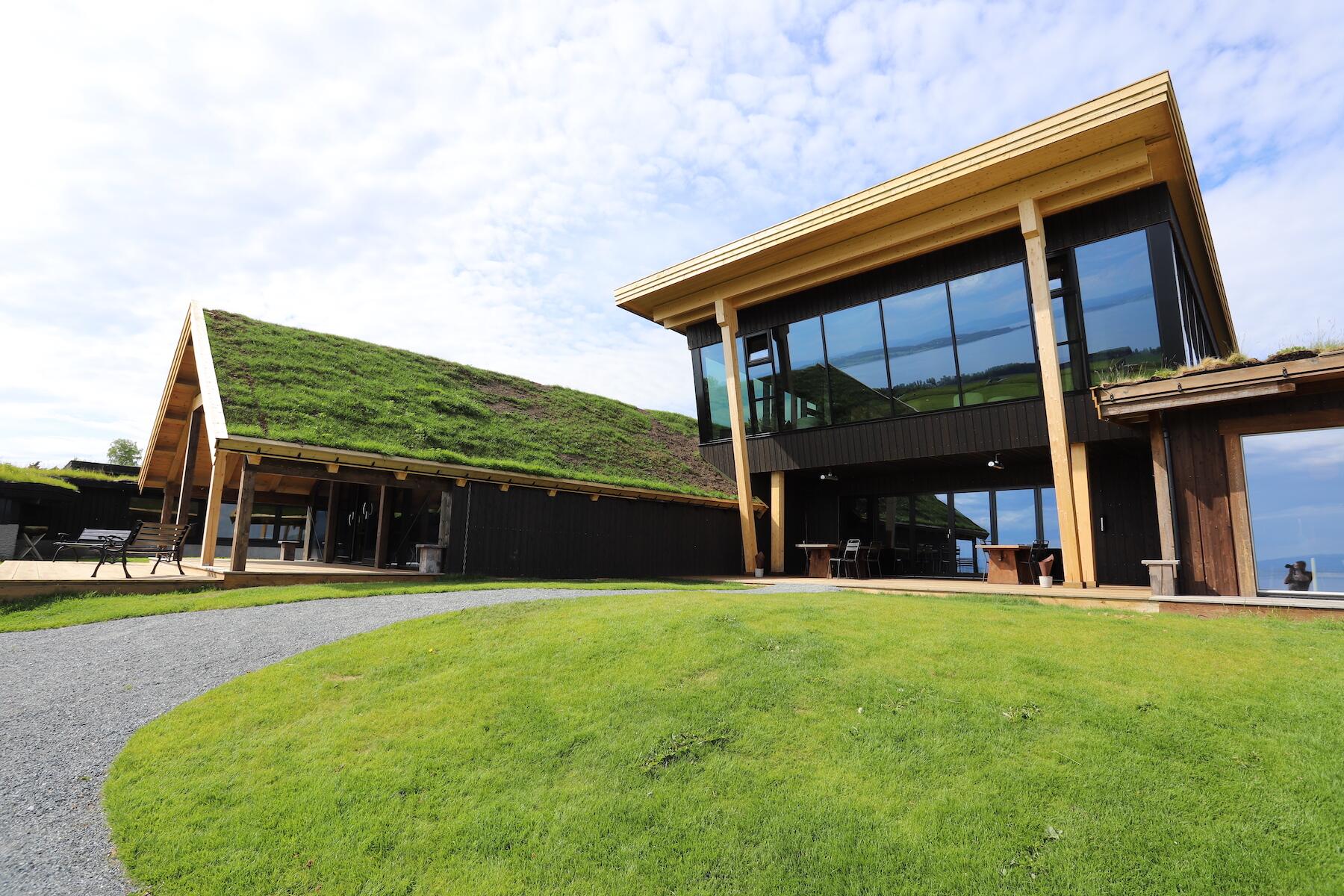
How does Norway’s Golden Road differ from Iceland’s Golden Circle?
Iceland’s Golden Circle is the typical tourist roadmap to the most visited and crowded destinations in the country. Norway’s Golden Road, on the other hand, is a charming off-the-beaten-path trip to the heart of the Trøndelag region. Passing through beautiful scenery in the municipality of rural Inderøy, it is a route that offers food, art, and cultural experiences. You can visit local craftsmen in their workshops, meet farmers and buy fresh produce, or enjoy traditional recipes in relaxing surroundings.
How can travelers best explore Norway’s Golden Road?
The best way to travel on the Golden Road is with a rental car, which is easy to pick up on arrival in Trondheim. Our rental cars are normally hybrid cars, so our guests can travel as sustainably as possible while having the freedom of their own vehicle. E-cycling or road biking is also possible, as well as motorcycling.
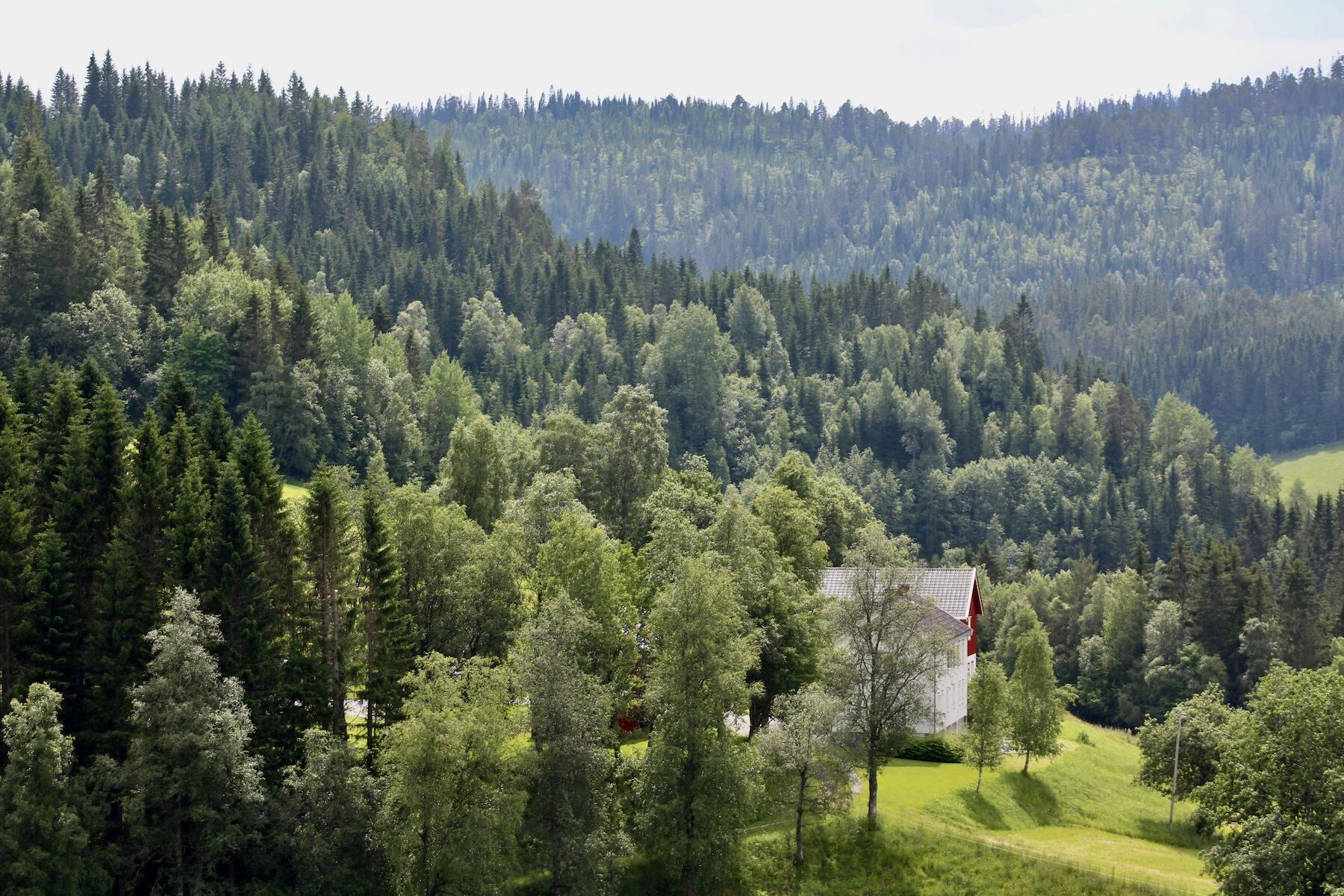
What is the ideal length of time for a trip to explore the Golden Road?
With a focus on the culinary offerings in Trøndelag, it is really a destination that can be enjoyed year-round. Up Norway offers a 7-day journey, which includes regional highlights such as farm-to-table meals, a stay at the Stokkøya Beach Hotel or Naustet Stokkøya, and foraging produce (like scallops) from the sea. If travelers wish to spend more time exploring Norway, we recommend including the RØROS region, also known for its local food culture and UNESCO World Heritage status due to its mining history and charming wooden houses.
What are some of the reasons travelers should add Trondheim to their itinerary?
Trondheim is the European City of Gastronomy and the home of Bocuse d’Or 2023, and for good reason. In Trondheim, our guests will go on daily culinary experiences and tastings and have the option to attend lectures on biodynamic farming, microbrews, high-quality local food, food foraging, sustainable food production, and get the history of Norwegian food heritage. Travelers will see raw nature on the coast and in the rural districts and go on the scenic drive on The Golden Road along the Trondheimsfjord, all while staying in charming farm & boutique hotels and visiting historical sites.
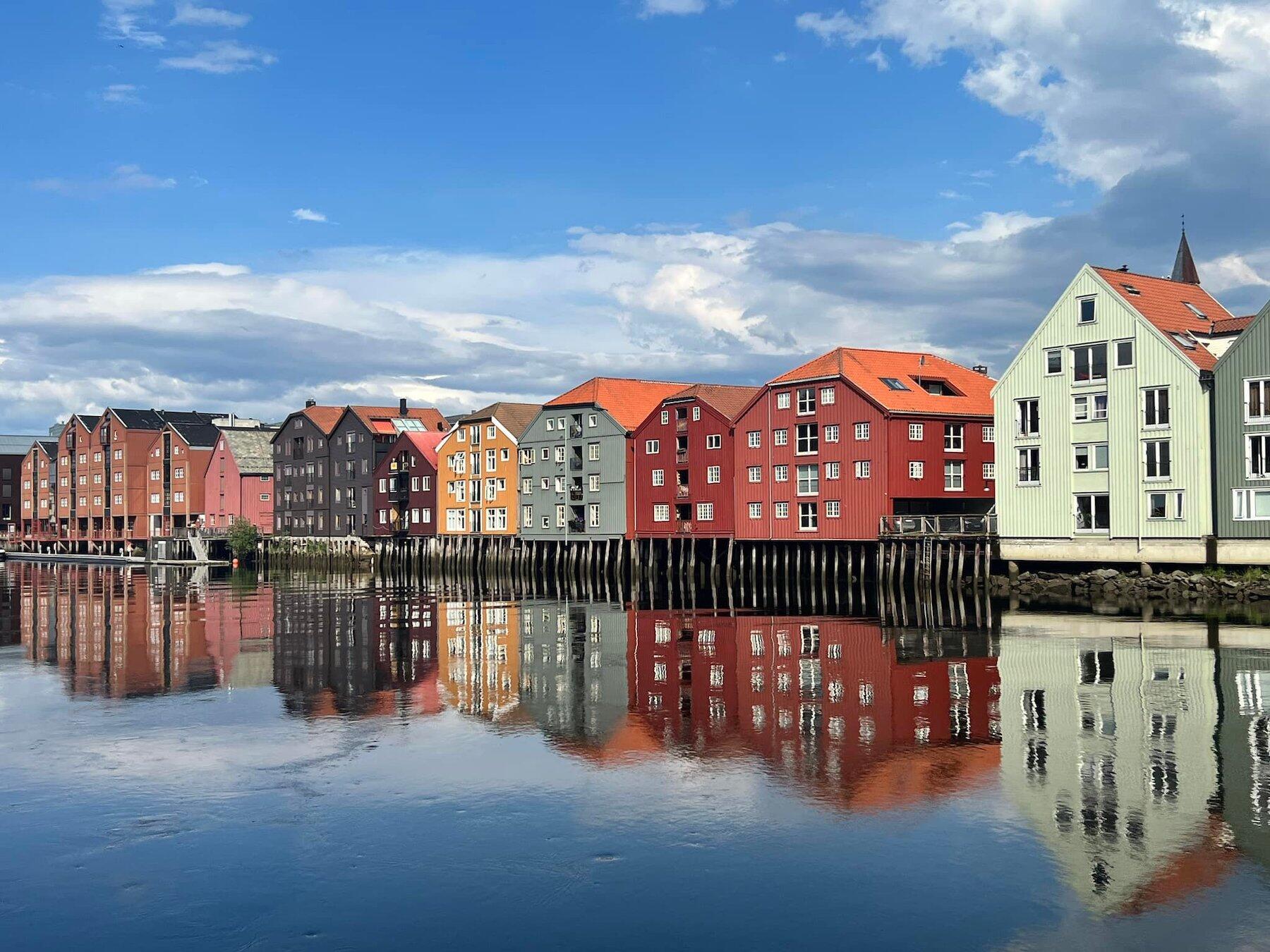
How does Norway’s Trøndelag region differ from the rest of the country?
The Nidaros Cathedral is the largest medieval cathedral in the North and is built on top of Viking King St. Olav’s grave—a pilgrimage site for nearly 1,000 years. The Nidaros Cathedral has made Trondheim a pilgrimage destination for hundreds of years.
The access to food resources on land and sea has also turned Trondheim and the larger Trøndelag region into a hub for lovers of food and culture. Everything from Leading Hotels of the World member, the Britannia Hotel, to architectural gems such as Øyna and Stokkøya are turning this city into a super interesting travel destination.
Surrounded by countless small and large-scale food producers, Trondheim is the city in Norway with the strongest focus on local food and the true Home of Nordic Flavors. Arriving in Trondheim means stepping into a rich modern food culture where you’ll find three separate Michelin-starred restaurants, including Speilsalen (inside the Britannia Hotel), Fagn, and Credo.
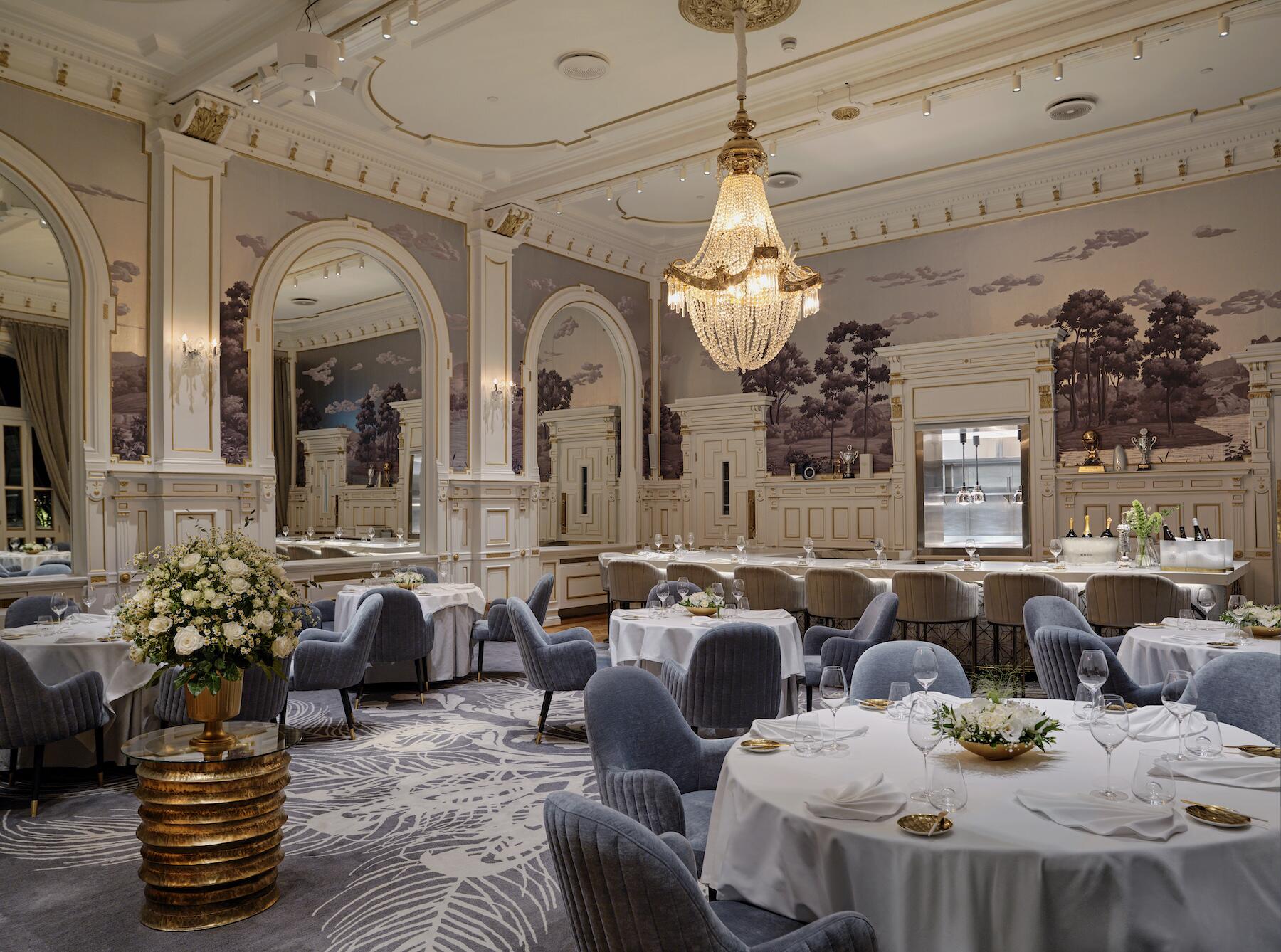
What inspired you to first create Up Norway?
In 2016, I set out to create a company designed to fulfill the most thoughtful travelers’ interest in off-the-beaten-path experiences and to bring them closer to heart in terms of authenticity, involvement, and connection. I hoped to do so while creating better practices in ecotourism and responsible social impact. The more I looked at the challenges of traveling in responsible ways, the more I realized those I hoped to serve were already passionate about being part of a culture of global solutions. To my delight, it was clear that many of those answers could be found and exemplified in our Norwegian lifestyle.
By recognizing this new traveler who is less interested in jockeying for positions in line at crowded destinations, I knew I could present an authentic culture at its best. I could introduce our clients to warm and genuine people who take pride in what they do and where they come from and who’ll treat our travelers as guests rather than customers. I believed I’d find travelers who wanted to test their limits, start conversations, try their hands at local crafts, or learn new skills. I was convinced they’d want to sample our food and drink, explore and support local farming and foraging, all the while discovering the chefs and institutions whose artistry in cooking is adding to a renaissance in global cuisine. I felt I was on to something special, and now, with a few years and numerous journeys behind us, I know I was right.
How does Up Norway work with local artisans and farmers in the Trøndelag region?
An example is our local partner, Jim Andre, an incredible forager. The first time we sent our guests foraging with Jim Andre, the feedback we received was: “everyone should have a Jim Andre in their lives.” His specialty is finding edible wild herbs, vegetables, and mushrooms harvested from Norway’s land and sea. We invite our guests to join him for a foraging experience followed by an outdoor bite based on what they harvested.
We also include a stop to visit the exemplary farm, Skjølberg Søndre, where two of our favorite farmers, Elin and Carl Erik, will introduce our guests to their version of the “Biggest Little Farm” and inspire them with their biodynamic practices. The nearby Orkanger area also boasts talented dairy producers and one of Norway’s best salmon rivers. In the midst of all of this, our guests can enjoy cheese from these local producers and other Norwegian delicacies. All partners are contracted through a partnership agreement where we outline our expectations and ask for proof of their sustainability practices to ensure they are in line with Up Norway’s mission.
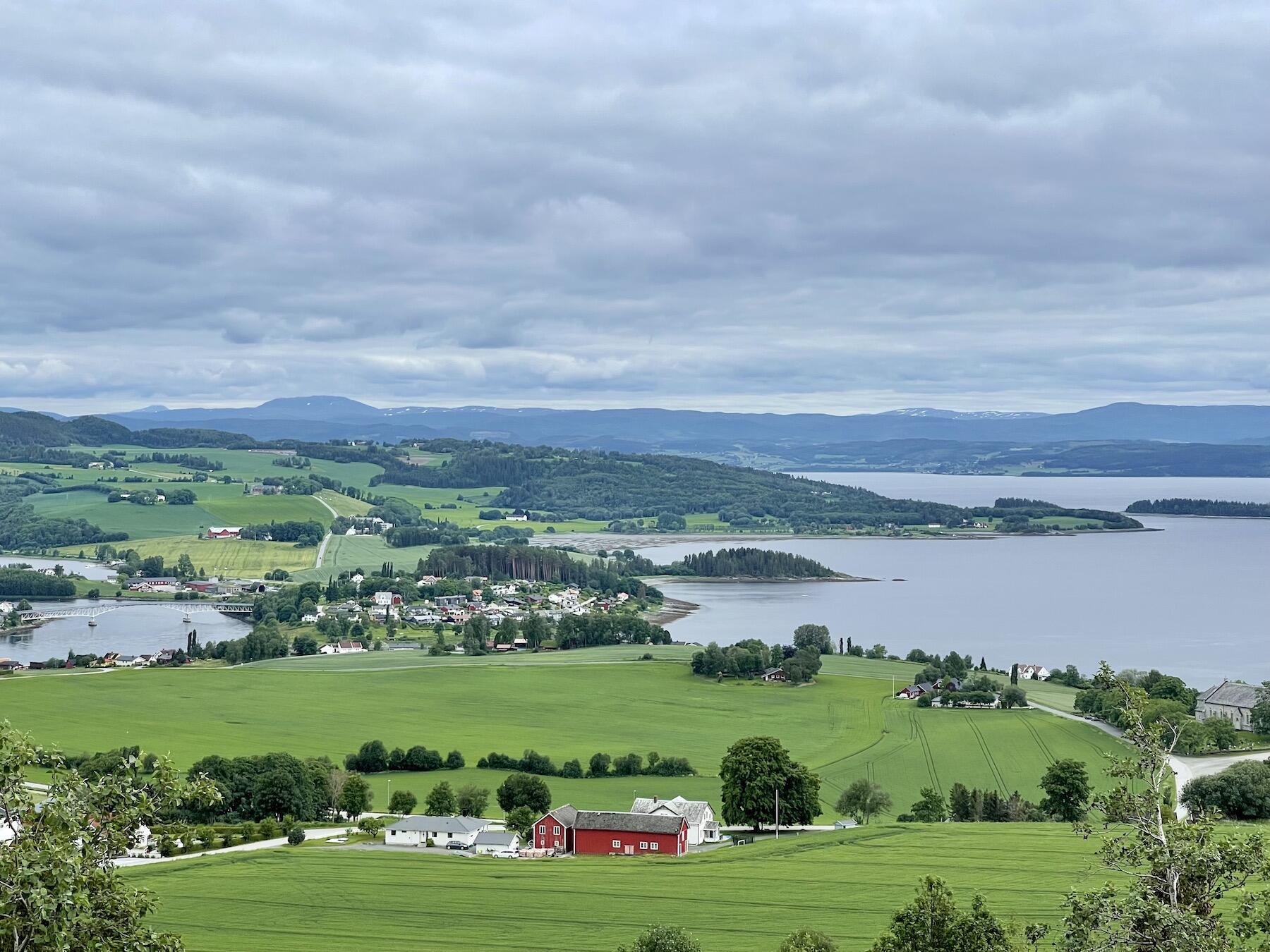
What is your hope for the future of Up Norway?
We have now grown to be a local market leader in sustainable luxury travel in Norway. Through innovative technology and personalized service, we are striving to set a new industry standard. We are proud to be a travel curator that is both a certified B-Corp and Travelife company and will make continuous efforts to improve further and inspire our industry colleagues to strive for the same standard of tourism.
